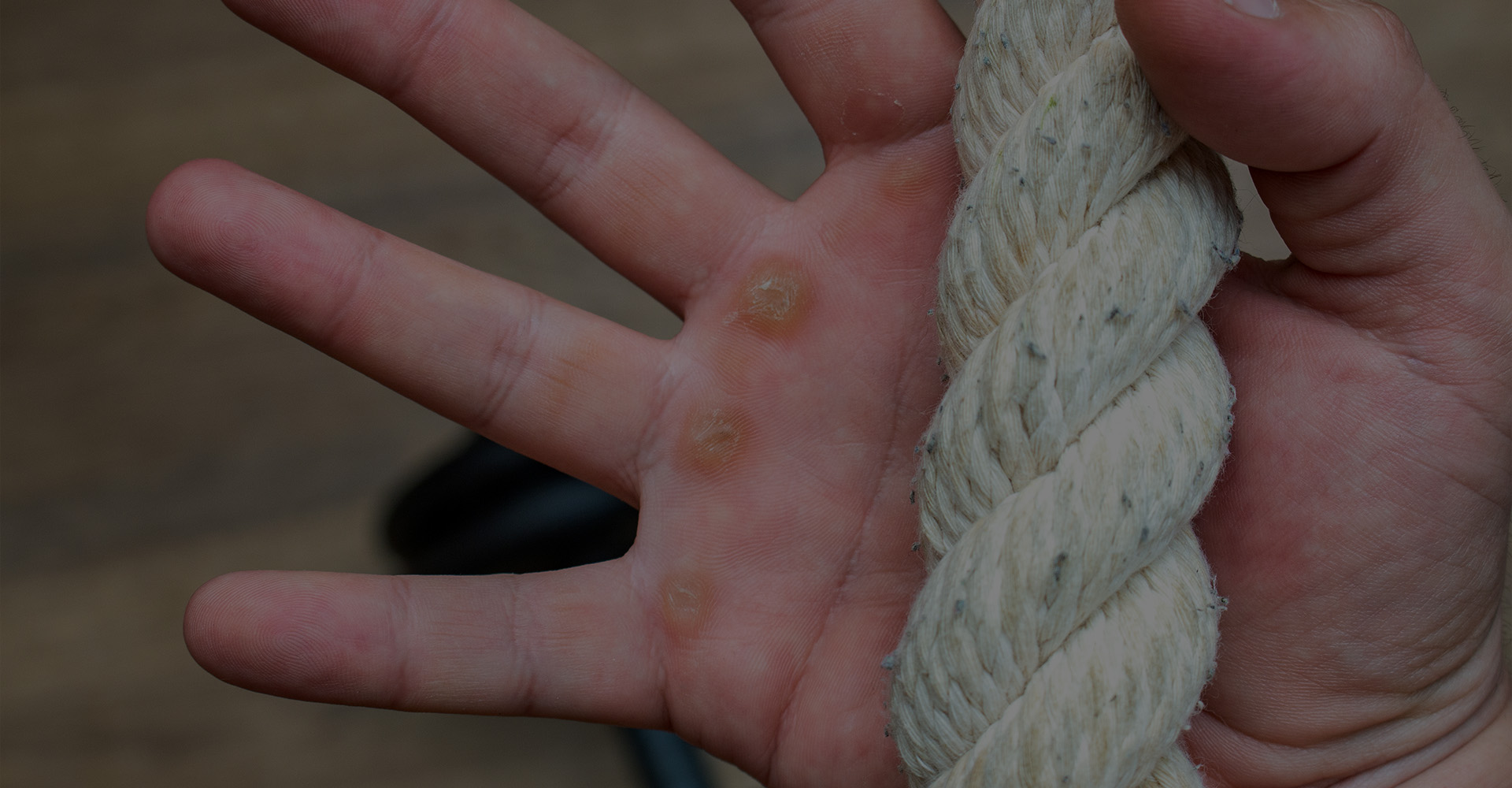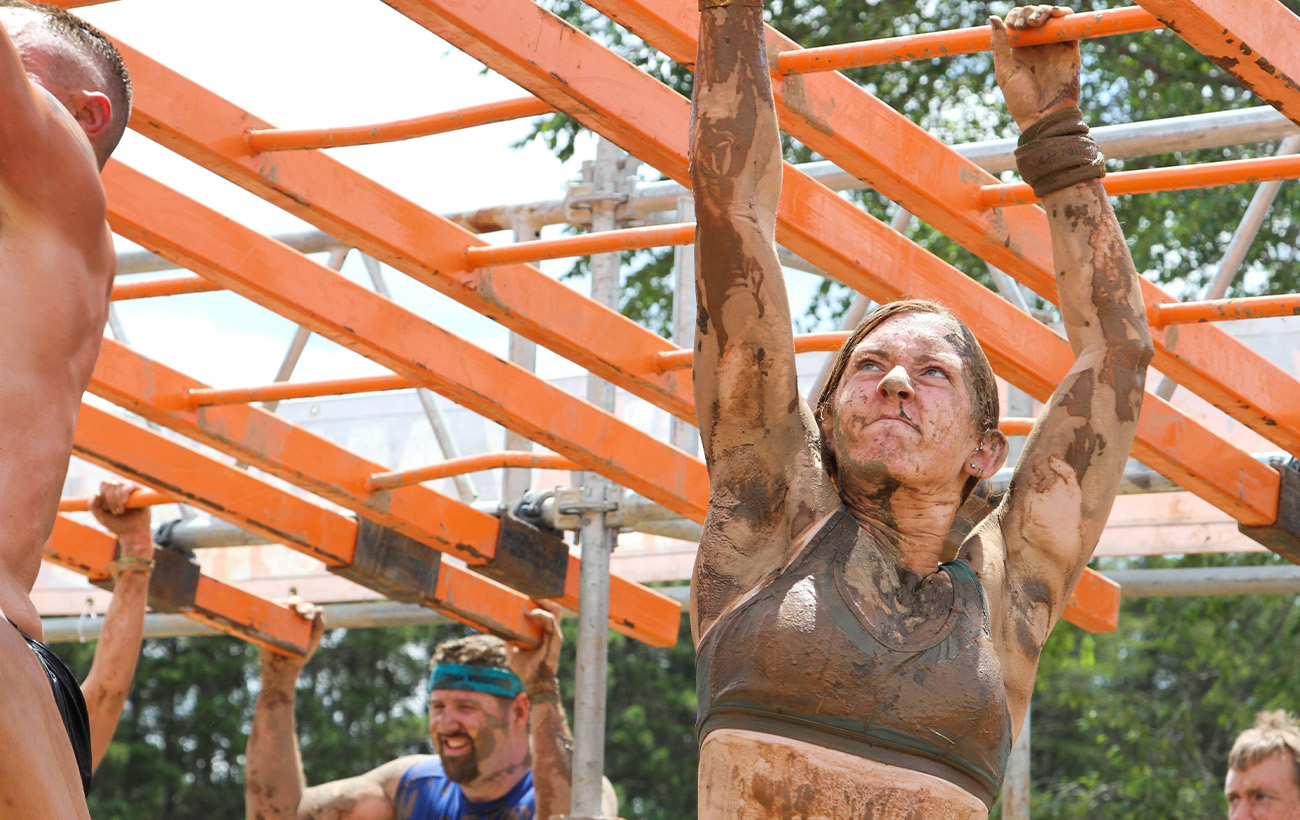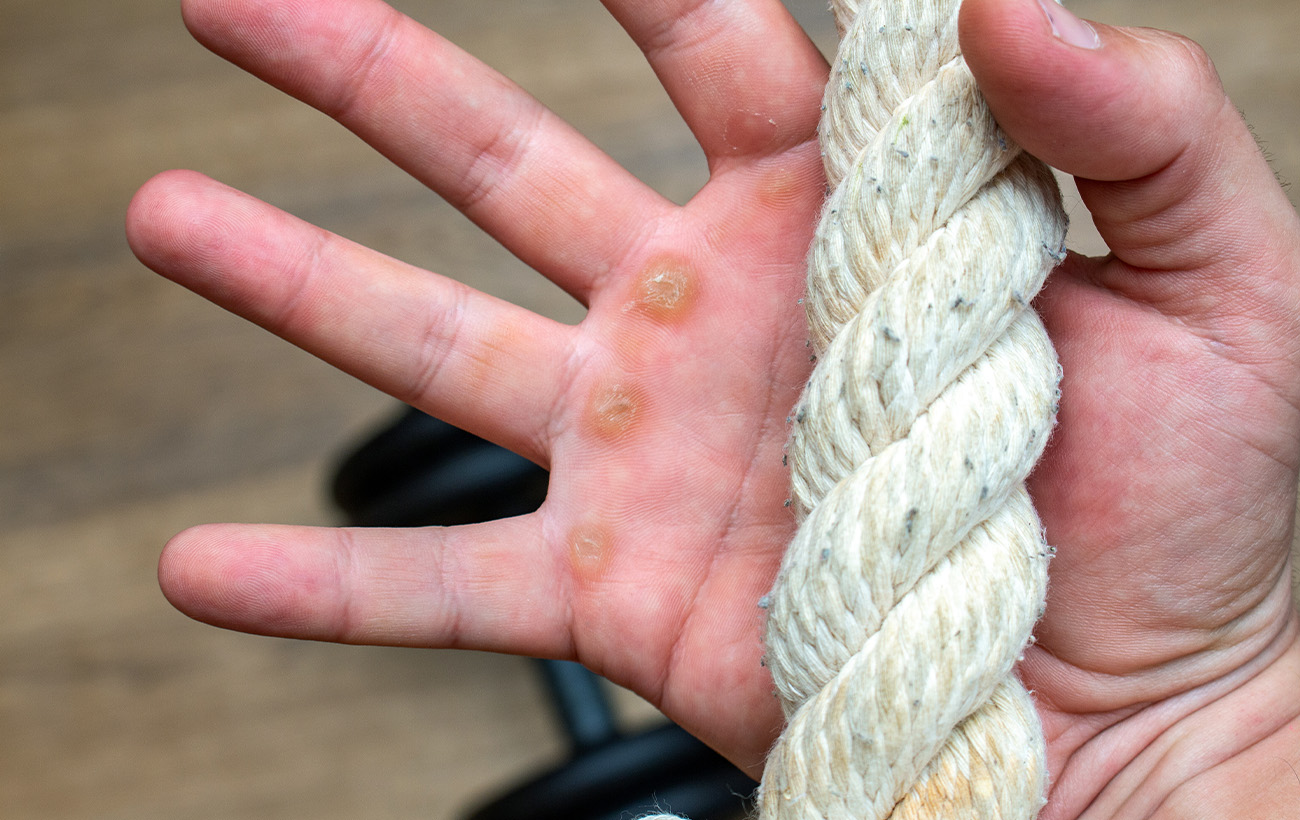
How to avoid hand tears
Developing calluses on the inside of the hand is normal in obstacle sports. These small, hard bumps of rough skin appearing at the base of his fingers are a natural and desired adaptation to athletic demands.
Tears, however, depend on how well these areas are cared for.
When starting out in obstacle sports, it's normal to feel pain in the hands. This is a natural process which will diminish with time and adaptation to the sport.
It can take up to 3 months so that the skin of the hand can adapt to the new sport. At the beginning of this period, a training frequency of one to 2 sessions per week and increased according to the capabilities of its hands.
It's also normal to feel some pain in the hands when you start jumping sports, due to certain irritations. This is a natural process which will diminish with time and adaptation to the sport.
Maintaining calluses
When calluses have developed and matured, it's time to take care of them by controlling their thickness and texture. The thicker the callus, the greater the risk of tearing and damaging the hand.
In order to prepare the calluses and determine the area of rough skin to be treated, you can get actively involved in a bar (dead hang) for 30-60s: this will activate the skin of the hand to optimize the treatment
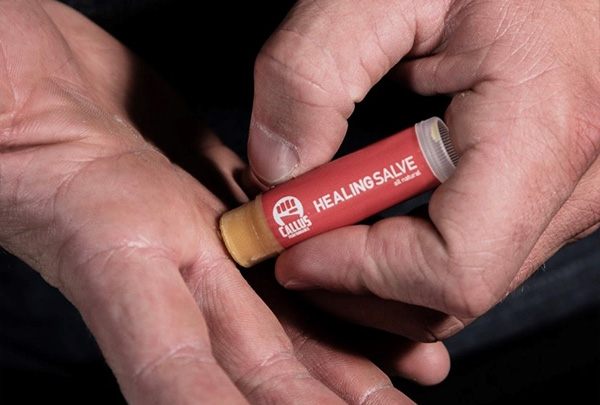
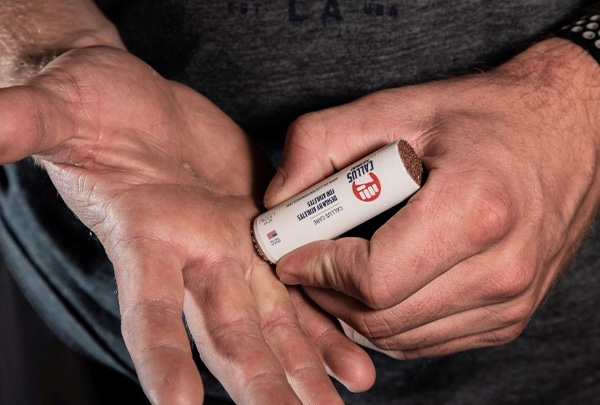
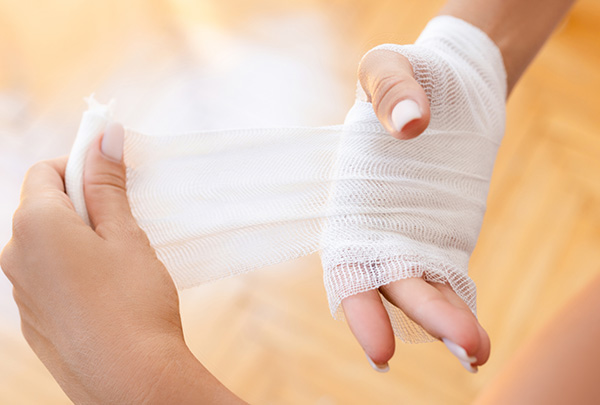
1- Moisturize your skin
A recommended practice is to apply a hand balm after training and on rest days. Well-moisturized skin recovers quickly and effectively.
Proper hydration is an important preparation for frequent training.
2- Shaving calluses
Like a gardener trims his cedar hedges, you can also trim your calluses! The best time to trim is at least 24 hours after your last workout and when the skin on your hand is damp - when you get out of the shower, for example. You can also wash your hands for a long time in hot water to prepare them for the treatment.
Using a callus razor, remove a few layers of (dead) skin from the top of the bump, evaluating each pass of the razor. Stop when you feel the skin becoming softer again, without removing all the rough skin from the callus. Usually, 4-5 passes of the razor will suffice.
Moisturize hands to complete the operation.
This process should be painless. If shaving is painful, stop immediately: there may be a blister under the callus.
3- Use liquid chalk
Obstacles or exercises requiring good grip strength in a swinging/rotating movement (e.g. Monkey Bars, rings, releases, weightlifting) can cause tears, when calluses are poorly maintained and become inflexible.
Moisture in the hands also increases the likelihood of tears.
Applying liquid chalk prevents the damaging effects of humidity. It's also more durable than powdered chalk, and has antiseptic properties thanks to the rubbing alcohol present in the product.
At SpartanFit, we allow the use of specialized grip-enhancing clear coatings (Phantom Chalk from Hammer Grip).
Treating a tear
If a tear occurs, you should stop grip training and give your hands 2 to 3 days to recover. This does not mean stopping training altogether, only limiting the specific use of the hands.
First, wash the affected area thoroughly.
If the skin is almost completely torn, use sterilized tools (nail clippers, surgical scissors) to carefully cut away the excess skin surrounding the wound. Do not pull or tear the skin: this may aggravate the injury.
If the skin is still attached to the callus, leave it in place and cover with a small pad and gauze dressing.
Apply antibiotic cream (e.g. Polysporin) and moisturize your hands. Cover the wound with a gauze dressing before going to sleep.
Putting petroleum jelly (e.g. Vaseline) on the tear or wearing a latex glove can reduce pain in the shower.
Continue or stop training?
Letting your hands recover is the best way to heal torn muscles. But that doesn't mean you should stop training.
By adapting certain exercises and protecting your hands properly, you can continue to benefit from your workouts.
After repairing the wound, apply petroleum jelly and a small tampon to the tear. Wrap with athletic tape. To keep everything in place, you can put on a latex glove over the hand, opening/removing the gloved parts of the fingers.
... and gloves?
Any form of glove or similar hand protection is not recommended. To allow the hand and skin to adapt, they should be gradually exposed to the workload required by obstacle sports.
Your best strategy is to respect this progression and take care of your hands as suggested.
We hope these tips will help you prevent discomfort and avoid those frustrating little injuries!
Sources
Ninja United - https://www.ninjasunited.com/blog/preventing-hand-tears/
WOD Prep - https://wodprep.com/blog/hand-care/
Ninja Warrior X - https://www.ninjawarriorx.com/skin-care-for-ninja-warrior-and-climbing/

